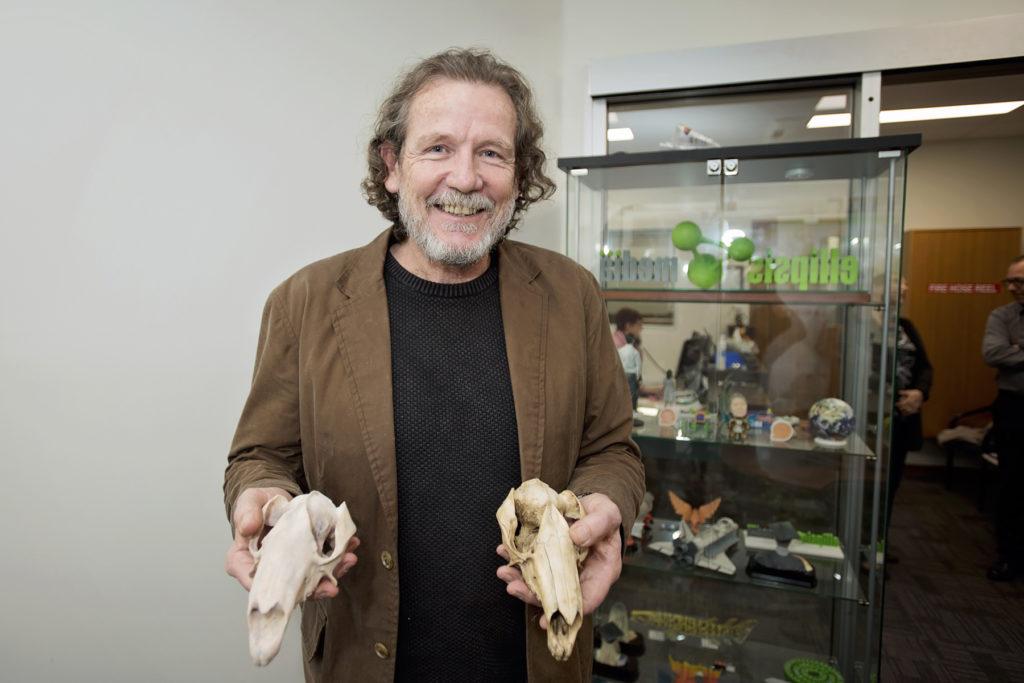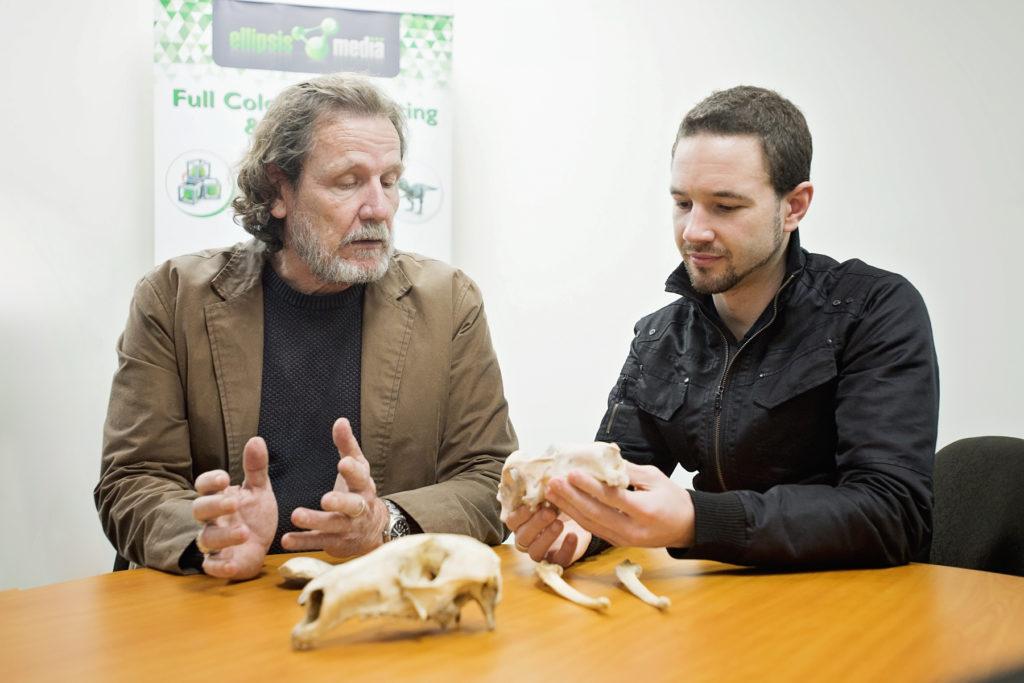 The Internet is great for many things, but one of the greatest things to come out of it, in my opinion, is online learning. Thanks to online and remote college courses, many students who aren’t able to attend classes on campus for a variety of reasons are able to learn from a distance. One thing that distance learning hasn’t been able to offer, however, is lab experience – a critical part of many science-related courses.
The Internet is great for many things, but one of the greatest things to come out of it, in my opinion, is online learning. Thanks to online and remote college courses, many students who aren’t able to attend classes on campus for a variety of reasons are able to learn from a distance. One thing that distance learning hasn’t been able to offer, however, is lab experience – a critical part of many science-related courses.
The University of Southern Queensland (USQ) has now found a way to bring distance learners into the lab – through 3D printing. Next year, the school will be offering a course called “Archaeological Laboratory Methods: Analysis and Interpretation,” in which students will study and identify archaeological specimens.
“To do this, students need to handle material that has been excavated and identify it,” said USQ Lecturer Professor Bryce Barker, who will be teaching the course. “For example, we might have unearthed a skull and by looking at the teeth, we can identify what animal it is, its age, and other features.”
That obviously presents a bit of a challenge to distance students, who, Professor Barker says, would ordinarily have had to come to campus for at least a few weeks to be able to participate in the lab portion, which is essential for completing and passing the course. That’s just not an option for many students, but next year they’ll be able to participate without having to physically travel to the school.
The university’s Print Services business unit, Ellipsis Media, will be 3D scanning and printing the archaeological specimens used in the lab; the 3D printed models will then be sent to students who are taking the class remotely so that they can handle and examine the specimens as they follow the class online. The cost of doing so, says Barker, is negligible compared to the costs that would be involved if dozens of remote students had to travel to the campus and be housed for two weeks.
The idea came from the university’s ICT Technology Demonstrators Project, an initiative that was started as a way to investigate how new technologies can be used in teaching.
“The demonstrator process is 90 days and is a trial of a product that will improve an educator’s professional practice and ultimately motivate and provide significant enhancement to the student learning journey,” said Professor Jan Thomas, USQ Vice-Chancellor and President. “Simply, Technology Demonstrators are looking into the classroom of the future…We continuously seek to explore and drive innovative, evidence-based approaches to the facilitation and delivery of learning and teaching so that all our students receive quality learning experiences and graduate as pioneering connected professionals.”
Other projects have involved virtual animal dissection, apps and e-books, and other 3D printing and robotics applications, according to Professor Ken Udas, Deputy Vice-Chancellor of Academic Services.
“Some basic principles of agile development and project management are what helps make the Demonstrators work,” Professor Udas said. “We have adopted a low barrier, low cost, iterative, time-bound, and failure-free approach that is yielding positive results. We believe that this model is transferable to a rather wide-range of our experimental and innovative activities.”

(L to R) USQ Senior Project Officer (Technology Demonstrator Projects) Susan Brosnan, Executive Director (Campus Services) Dr Dave Povey, Deputy Vice-Chancellor (Academic Services) & Chief Information Officer Professor Ken Udas, Archaeology Lecturer Professor Bryce Barker and Ellipsis Media Manager Robert Keanalley.
Ellipsis Media, which offers a number of services including graphic design, self-publishing and e-media, has been expanding their 3D scanning and printing services over the past two years. Their equipment includes the Artec Eva, the Structure Sensor and the NextEngine Ultra HD laser 3D scanners, as well as the 3D Systems CJP Projet 660Pro 3D printer, which they will use to print the archaeological specimens in full color.
“With archaeology, anthropology and museum specimens, we can non-invasively laser scan objects ranging in size from 5cm up to the size of a passenger car,” Ellipsis Media Manager Robert Keanalley said. “It’s perfect for capturing specimens imbedded in rock that traditional methods of plaster casting for replication may otherwise damage or destroy the original relic.”
Learn more about the University of Southern Queensland’s new program below, and discuss this topic further over in the USQ & 3D Printing Forum at 3DPB.com.
[All images/video provided by USQ]
Subscribe to Our Email Newsletter
Stay up-to-date on all the latest news from the 3D printing industry and receive information and offers from third party vendors.
Print Services
Upload your 3D Models and get them printed quickly and efficiently.
You May Also Like
Making 3D Printing Personal: How Faraz Faruqi Is Rethinking Digital Design at MIT CSAIL
What if your 3D printer could think more like an intelligent assistant, able to reason through a design idea, ask questions, and deliver something that works exactly the way the...
Reinventing Reindustrialization: Why NAVWAR Project Manager Spencer Koroly Invented a Made-in-America 3D Printer
It has become virtually impossible to regularly follow additive manufacturing (AM) industry news and not stumble across the term “defense industrial base” (DIB), a concept encompassing all the many diverse...
Heating Up: 3D Systems’ Scott Green Discusses 3D Printing’s Potential in the Data Center Industry
The relentless rise of NVIDIA, the steadily increasing pledges of major private and public investments in national infrastructure projects around the world, and the general cultural obsession with AI have...
Formlabs Teams Up with DMG MORI in Japan
In late June, Nick Graham, Chief Revenue Officer at Formlabs, announced on LinkedIn that the company had partnered with DMG MORI, one of the world’s leading machine tool companies, to...



































